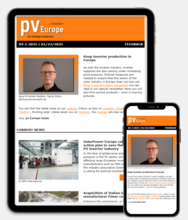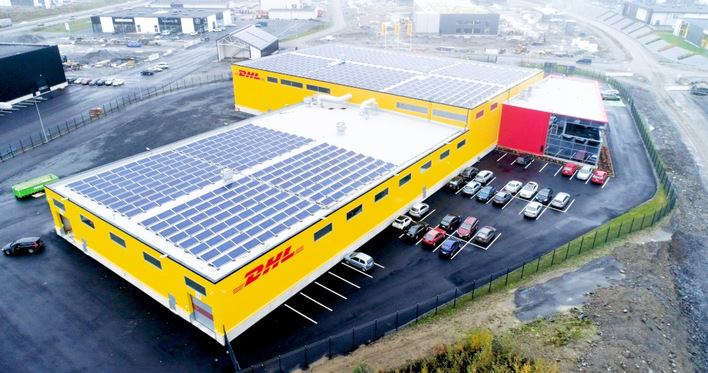The narrow spaces between solar modules and roof coverings “are perfect little caves in which animals seek protection and shelter,” says Michael Mattstedt from the company Ökologische Solarreinigung in Alling, Bavaria. "In some regions, we came across raccoons that were at least as frightened of us as we were of them. On agricultural roofs, we regularly have rats scurrying across our feet."
K2 Systems: K2 Buddy now for tiled roofs
Mattstedt and his expert team specialise in removing unwanted guests. “Of course, we’re well familiar with the damage that martens do to solar systems,” he reports. “In the USA, squirrels really make the most of these facilities for their own ends. That could still happen here in Central Europe.”
Shrinking habitats
The reason for this is the loss of natural habitats in densely populated areas. Previously, it was mainly pigeons nesting in solar installations. “Today, sparrows, wagtails, and other cavity nesters are following their example,” says Mattstedt. “In turn, this attracts predators such as magpies and crows, which target the eggs and nestlings.”
Richard Brink: Flexible substructures also for green roofs
According to him, pressure from the pigeon population has been steadily increasing for years. The dominant species is the domestic pigeon, also known as the street pigeon (Columba livia domestica). “Globally, this species has accompanied human cultural development for a very long time,” says the expert.
In many places, they’re vilified as flying rats. Today, it’s well understood that this relatively large bird typically chooses a single location where it can breed year-round. Adult pairs can produce six to eleven broods each year.
Extended family under a single module
With this breeding capacity, it’s not uncommon to find entire extended families living beneath a single PV system. “Many customers are tolerant of pigeons at first,” says Mattstedt. “But after two or three years, the situation can become overwhelming as more and more pigeon pairs begin nesting.”
On top of that, homeowners are often disturbed by the noise, especially at night, and frustrated by droppings in gutters and on terraces.
New blog explains error patterns and damage in second-hand PV modules
Even today, bird infestation is underestimated by many system planners and installers. The phenomenon is still relatively new, like the solar industry itself. Mattstedt advises addressing the issue early. During planning, many of the gaps that birds like to nest in can be identified and closed. Retrofitting protection on a completed system usually involves much more effort, such as scaffolding, lifting modules, and installing protective barriers.
SolarEdge: New mobile app for operations for residential and C&I solar installers
But protecting one roof often just moves the problem elsewhere. As solar systems become more common, they bring not only clean energy but also new neighbours. (HS/TF)
Find out more in part two: Nuisance birds – Preventive measures for solar installations
Read more: Poland: RWE aims to increase biodiversity at its PV parks








